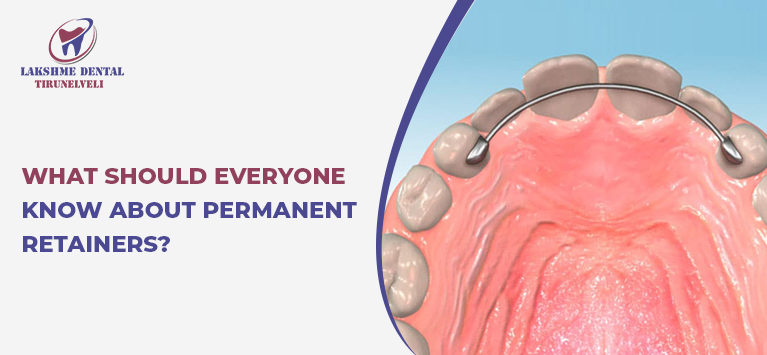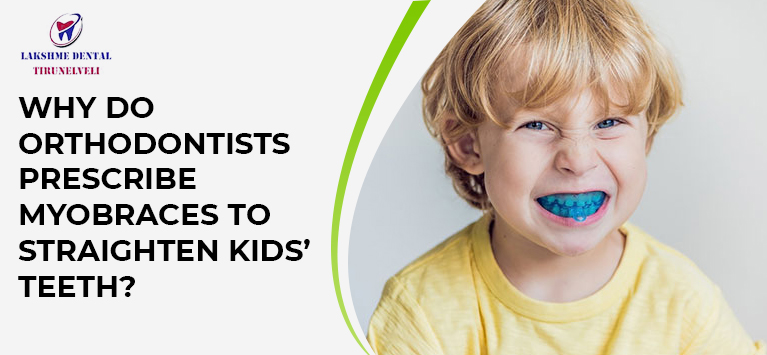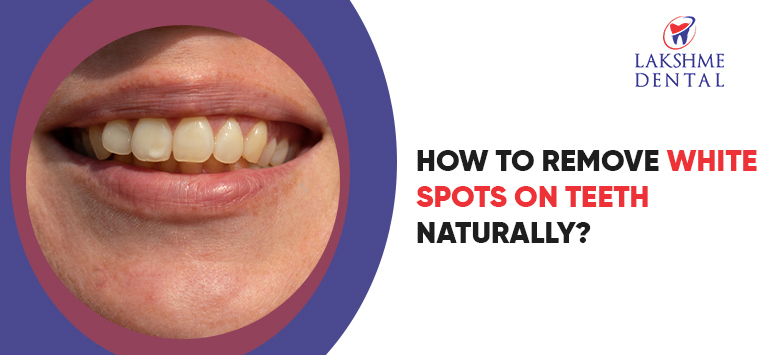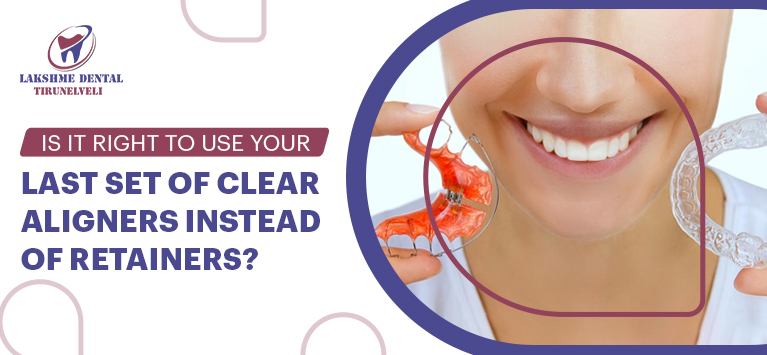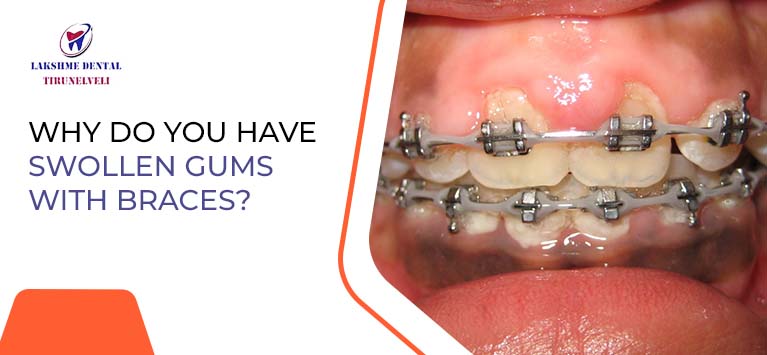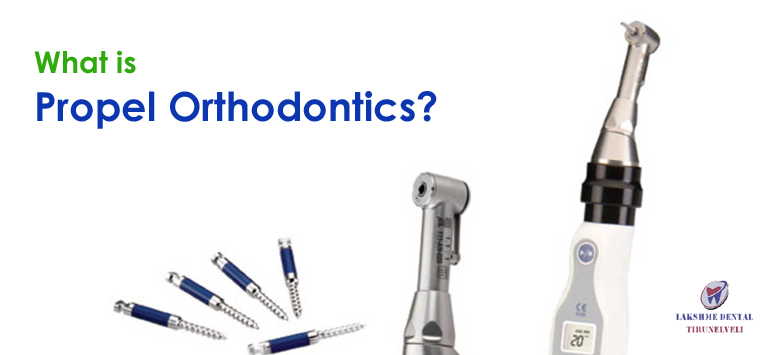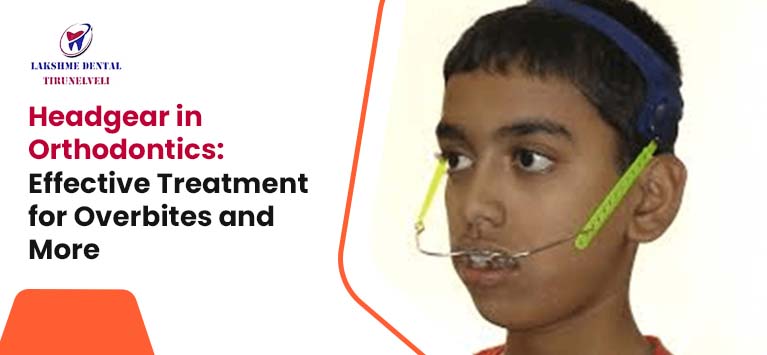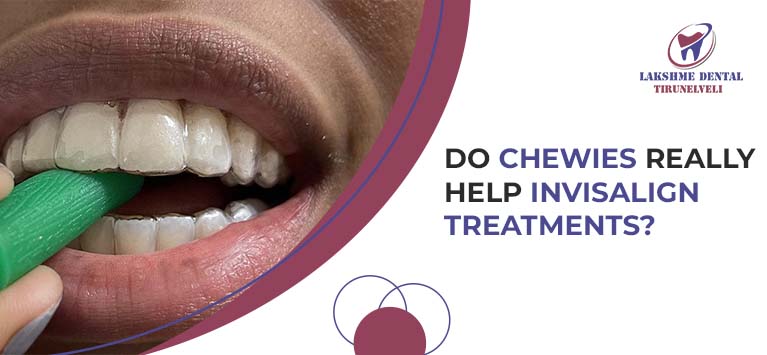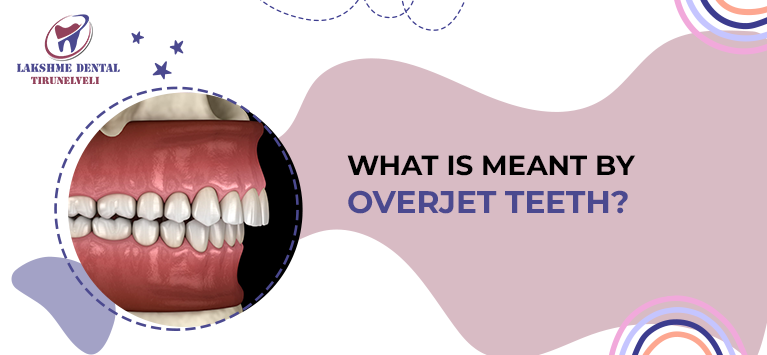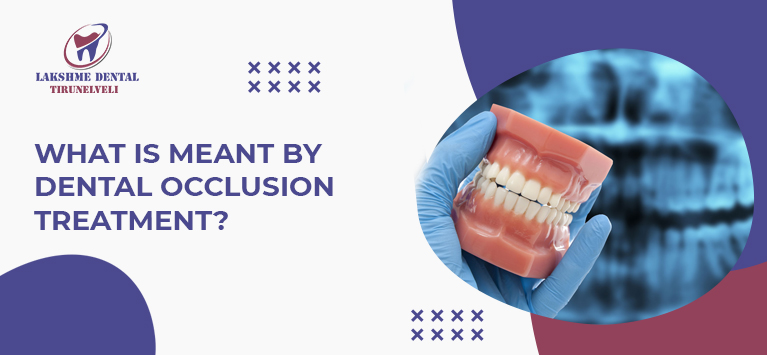
Flossing vs Interdental Brush – Which is Better?
Welcome to our dental debate: Flossing vs Interdental Brush – two warriors in the battle against plaque and gum disease. Both are champions of oral hygiene, but which one reigns supreme? Let’s dive into the nitty-gritty and uncover the truth behind these dental tools.
What’s the Deal with Flossing?

Flossing is like the silent ninja of dental care. It slips between teeth, snatching away hidden food particles and plaque.
- Ease of Use
Flossing can be a bit tricky to master at first, requiring skill and patience. However, with practice, it becomes second nature. Some people find it easier to use floss picks, small plastic tools with a section of floss already threaded. This makes them more convenient for reaching back teeth.
- Effectiveness
Flossing removes plaque and debris from between teeth and along the gumline when done correctly. Along with preventing cavities and gum disease, it helps to stimulate the gums, promoting overall gum health.
- Accessibility
Dental floss is readily available at most supermarkets and pharmacies. This makes it easy to incorporate into your oral hygiene routine. Different types of dental floss are available, including waxed, unwaxed, flavoured, and even floss. They are specifically designed for those with braces or tight teeth.
- Cost
Flossing is a budget-friendly option for maintaining oral health, with a variety of affordable flossing products on the market. A single package of dental floss can last for weeks or even months. It depends on how frequently you floss and how much you use each time.
- Convenience
Flossing can be done anywhere, anytime, making it a convenient option for maintaining oral hygiene on the go. Whether you’re at home, at work, or travelling, all you need is a spool of floss to keep your teeth clean and healthy.
- Prevention of Bad Breath
Flossing removes food particles and bacteria from between teeth, helping to prevent bad breath. Regular flossing can keep your breath fresh and your smile confident by eliminating the source of odour-causing bacteria.
- Promotion of Heart Health
Some research suggests that maintaining good oral hygiene, including regular flossing, may help reduce the risk of heart disease. More studies are needed to understand the link fully. Still, caring for your teeth and gums is always a wise choice for overall health.
- Prevention of Tartar Buildup
Flossing helps to remove plaque from between teeth before it hardens into tartar. If untreated, tartar buildup can cause gum disease and tooth decay. So, regular flossing is essential for preventing this common dental problem.
The Rise of the Interdental Brush

Enter the interdental brush, the new kid on the block. With its tiny bristles, it promises a deep clean. But does it live up to all the hype surrounding it?
- Gentleness
Interdental brushes are gentle on the gums. They can be a great alternative for those with sensitive gums or needing dental work such as braces or bridges. Traditional floss can sometimes cause irritation or bleeding if used improperly. But, interdental brushes are less likely to cause discomfort when used correctly.
- Coverage
The small brush head of an interdental brush allows for precise cleaning between teeth and around dental appliances. So, it reaches areas that floss may miss. This makes interdental brushes particularly effective for individuals with larger gaps between their teeth. It is also good for cleaning around orthodontic appliances like braces or retainers.
- Ergonomics
Many interdental brushes come with ergonomic handles for comfortable grip and control. This makes them easier to use for those with limited dexterity. Some models even feature adjustable or flexible handles. This feature allows users to customize the angle and reach of the brush for optimal cleaning.
- Eco-friendliness
Some interdental brushes are reusable, offering a more sustainable option for eco-conscious consumers. These reusable brushes typically come with replaceable brush heads. In this way, they reduce plastic waste compared to disposable floss picks or traditional dental floss.
- Versatility
Interdental brushes are available in a variety of sizes to fit various gaps between teeth. They ensure a customized cleaning experience for each individual. Whether you have tight spaces between your teeth or wider gaps, an interdental brush size is right for you.
- Portability
Interdental brushes are compact and lightweight, making them easy to take with you wherever you go. Travelling or just out and about? If yes, you can easily stash an interdental brush in your purse or pocket for on-the-go oral hygiene.
- Ease of Cleaning
Many interdental brushes are easy to clean and maintain, simply requiring rinsing under warm water after each use. Some are even dishwasher safe, making them a breeze to keep clean and hygienic.
- Stimulation of Gums
The gentle pressure applied by interdental brushes as they slide between teeth can help stimulate the gums. This stimulation promotes circulation and overall gum health. It reduces the risk of gum disease and keeps your gums looking and feeling their best.
The interdental brush offers a fresh approach to oral hygiene, but does it have the upper hand?
The Verdict: Flossing or Interdental Brush?
After weighing the pros and cons, it’s time to declare a winner in the Flossing vs Interdental Brush battle. But is there a clear champion?
- Overall Effectiveness
Both flossing and interdental brushing effectively remove plaque and debris from between teeth and along the gumline. However, individual effectiveness may vary depending on factors such as technique and personal preference. Some studies suggest that interdental brushing may be more effective at reducing gum inflammation than traditional flossing.
- Personal Preference
Some people prefer the ease and familiarity of flossing, while others may find interdental brushing more comfortable and effective.
Ultimately, it’s about finding what feels most comfortable and effective for you. Give both methods a try and figure out which suits you best.
- Professional Advice
Your dentist can provide personalized recommendations based on your unique oral health needs and concerns. They can help you determine which combination of tools best suits your oral hygiene routine. Besides, they may recommend using both flossing and interdental brushing in conjunction for optimal oral health.
- Consistency
Regardless of which tool you choose, the most important factor in maintaining good oral hygiene is consistency. Whether you floss, use an interdental brush, or do both, cleaning between your teeth every day is essential. Doing this will prevent plaque buildup and keep your smile healthy and bright.
Ultimately, the ideal option hinges on your specific needs and preferences.
Summing Up
In the arena of oral hygiene, there’s no one-size-fits-all solution. Whether you swear by flossing or swear by your interdental brush, the key is consistency. By delving into the specifics of each tool, you can make an informed decision about which one suits our needs best. Remember, maintaining a consistent oral hygiene routine is the most important thing. Additionally, make sure to schedule regular check-ups and cleanings with your dentist. So, whether you’re team floss or interdental brush, keep up the good work and smile!


